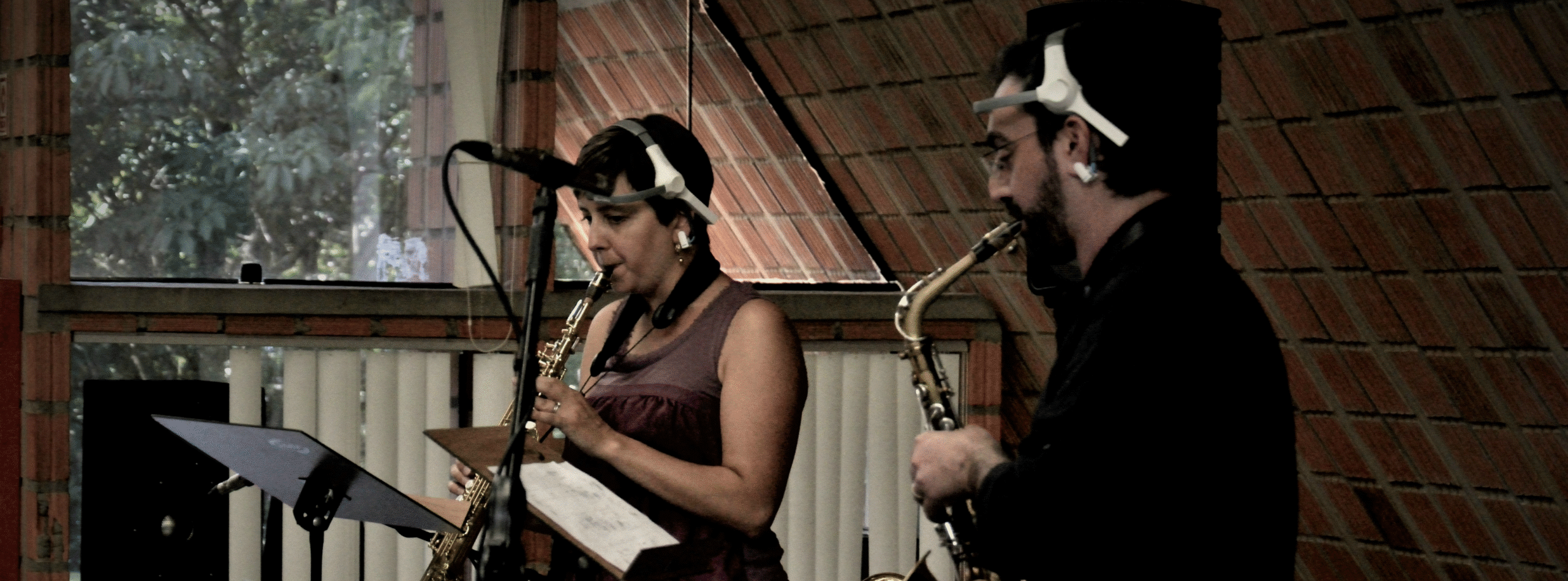Tag: Communication
-

How I Learned to Stop Faking It and Be Real
in
Communicating about mental health issues can make us better larpers.
-

Three Roads (of Translation) Not Taken: Different Degrees of Openness of the Work (and of the Game)
in
Abstract From the Julio Plaza’s proposition that, based on the concept of open work of Umberto Eco, categorises the relationship author-work-reception in three degrees, and the division in cultural events in reception, interaction and participation, seen in the research of Kristoffer Haggren, Elge Larsson, Leo Nordwall and Gabriel Widing, this study plans to compare three